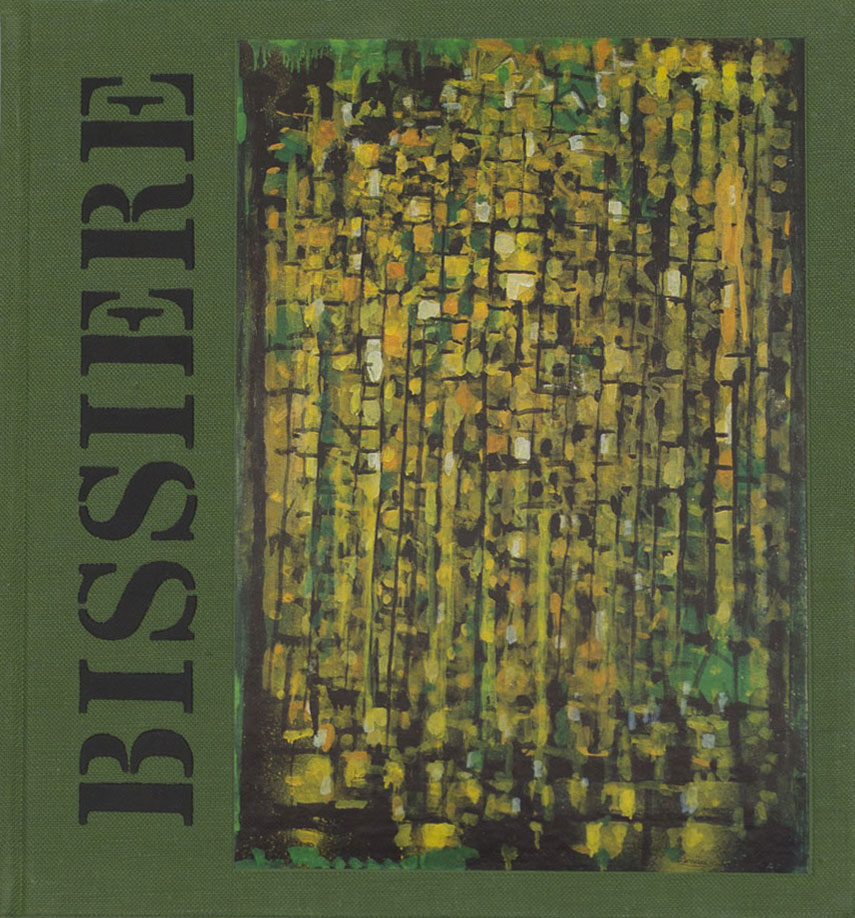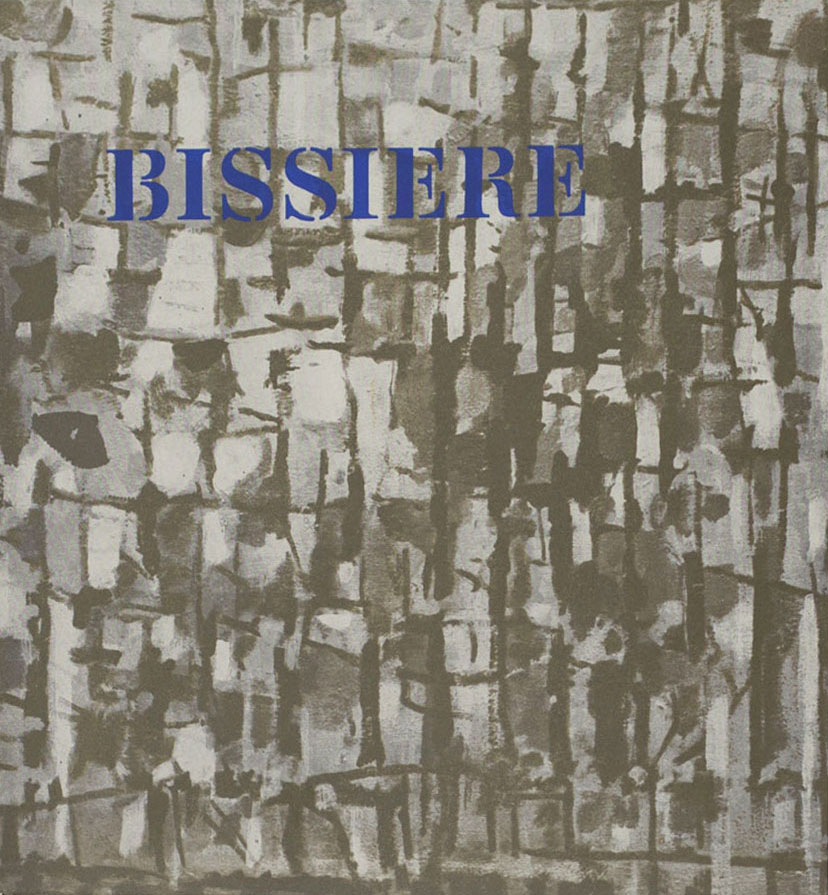After a childhood spent in his native Lot, Roger Bissière quickly abandoned his law studies to devote himself to painting, which he had discovered and practiced as a teenager, attending the Ecole des Beaux-Arts in Bordeaux and then Paris, where he moved in 1910. After short stays in London and Rome, he settled permanently in the capital, where he devoted himself to journalism as an art critic, while continuing to paint. His first exhibitions date from the pre-war period, but intensify from 1914, enabling him to forge friendships with Lhote, Gris and above all Braque, on whom he writes the very first monograph.
He exhibited his work at the first Paris avant-garde shows, notably the Salon d’Automne, and after the war became a key member of the new École de Paris. From 1921, the date of his first monographic exhibition, he exhibited his work regularly, became a teacher at the Académie Ranson and made friends with artists such as Mannessier, Le Moal and Bertholle, developing a cubist expression in which the human figure is never absent, even though he was moving towards abstraction. This orientation was the result of both the influence of Picasso’s neo-classicism and his own research into the survival of cubism. In France, he became one of the undisputed masters of the nouvelle peinture.
On the eve of the Second World War, however, Bissière chose to retire to Boissiérette, in the Lot region, and stopped painting for the duration of the war. Although he deliberately stayed away from the official circuit, he was never absent from the art scene, for his writings and his work
that made him one of the most influential art figures of his time. He returned to the exhibition circuit in 1947 with a group of recent tapestries and paintings at Drouin. Three years later, a major operation forced him to work on small-format canvases: it was at the Jeanne-Bucher gallery, run by his friend Jean-François Jaeger, that he decided to show this essential work, at the origin of a partnership that would never cease. These “Untitled Images”, exhibited in 1951, marked a milestone both in the history of the gallery and in the career of the painter, who was awarded the Grand Prix National des Arts the following year. An enthusiastic public discovered this painting, composed of colored patches in the matte tones of egg tempera so often used in the Middle Ages. Returning to oil painting in 1954, Bissière enjoyed a dozen monographic exhibitions at the gallery. Proof of his importance on the international scene, he took part in the first Dokumenta in 1955.
A new field of exploration opened up for him in the late ’50s, when he created stained glass windows for churches in Develier and Cornol, Switzerland. But it was in 1960 that he created his masterpiece: the stained-glass windows of Metz’s Saint-Etienne Cathedral, the first cathedral in France to welcome non-figurative art. The last presentation of Bissière’s work during his lifetime, in 1964 – a few days before the Venice Biennale, at which he received an honorary mention – was “Journal en images”, a series of some 50 small chipboard panels created following the death of his wife Mousse.
Bissière’s work has been intensively promoted in France and abroad; Jean-François Jaeger has placed over sixty masterpieces in major European institutions. Exhibited in museums around the world, his work is now part of many international museum collections and continues to be shown, most recently in a major retrospective at the Musée de Lodève to mark the 50th anniversary of his death. A key figure in the history of art, Bissière is one of its most important milestones, enabling us to grasp the aesthetic evolution that profoundly marked the 20th century, and in particular to understand its movement beyond the rupture of the Second World War.
artist agenda
downloads
Oil on canvas
25,6 × 48,8 in
Tempera on paper
16,5 × 13,4 in
Photograph by Jean-Louis Losi
Oil on canvas, mounted on plywood and framed
44,9 × 30,3 in
Oil on canvas
39,4 × 31,9 in
Tempera on panel
14 × 10,2 in
Oil on canvas
25,6 × 48,8 in
Tempera on paper
16,5 × 13,4 in
Photograph by Jean-Louis Losi
Oil on canvas, mounted on plywood and framed
44,9 × 30,3 in
Oil on canvas
39,4 × 31,9 in
Tempera on panel
14 × 10,2 in

















